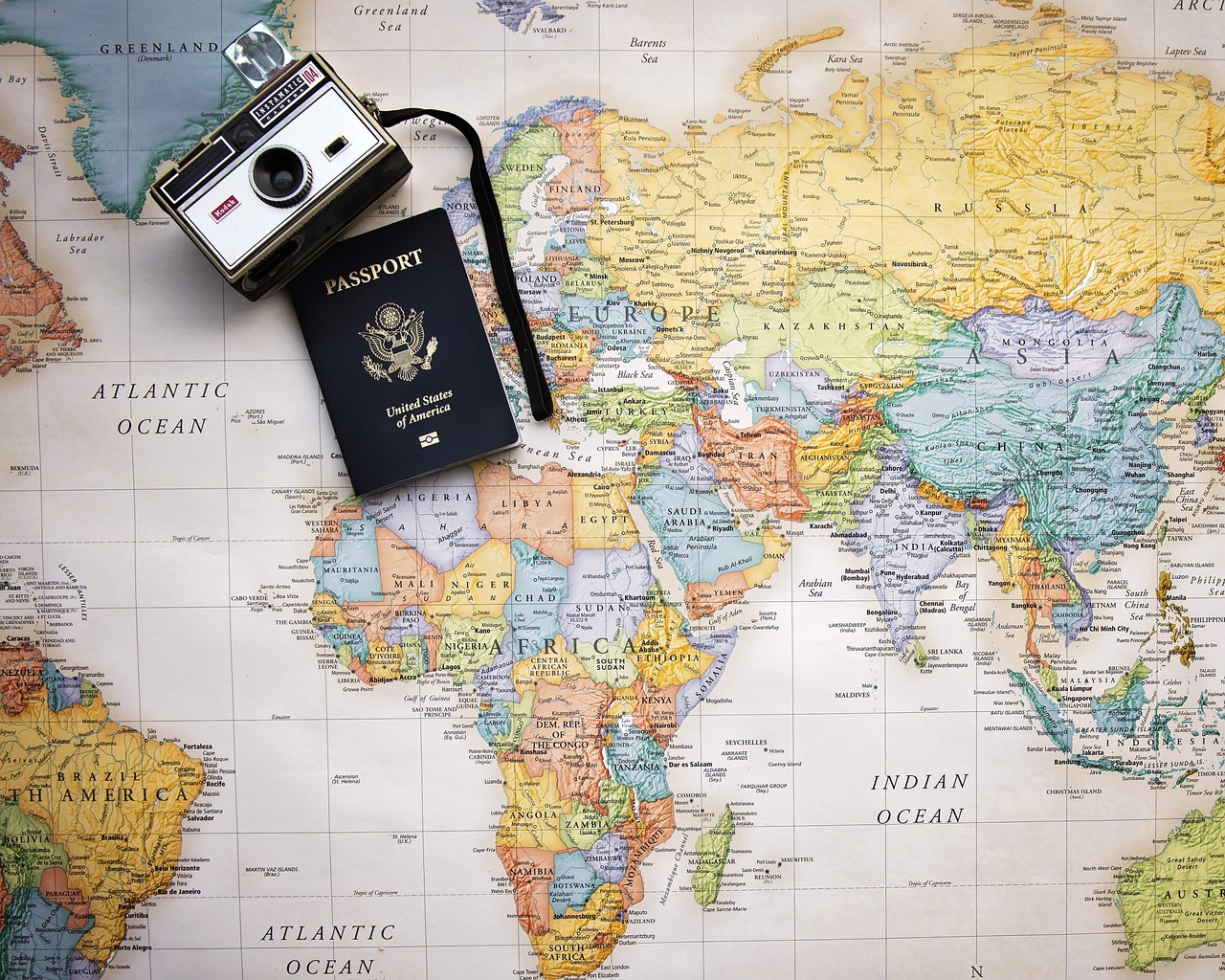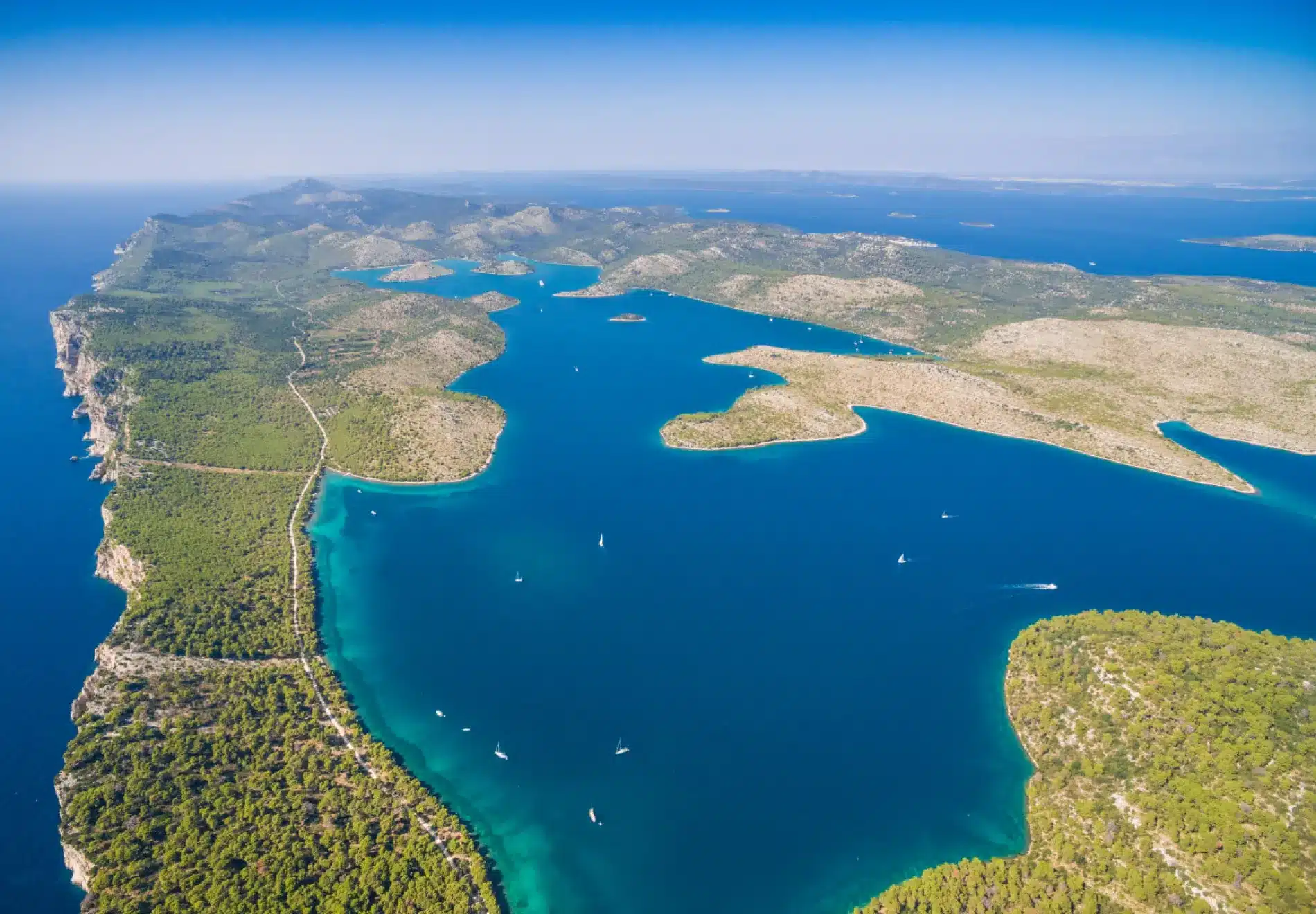Whether you love or loathe it, Instagram is useful for organizing what to do, eat, and see when travelling. We yearn for those places after scrolling through many Instagram hashtags and accounts. One of those places for us was Australia. Like the popular girl in high school, Australia has everything—oceans, deserts, and mountains— She has everything.
Australia is fortunate to have a varied range of landscapes. You may find beaches, the Australian outback, rainforests, alpine areas, eucalyptus trees, deserts, and more here. Here are some of the most beautiful and appealing places for landscape photography in Australia that are in this post.
The Devil’s Marbles (Karlu Karlu) – Northern Territory
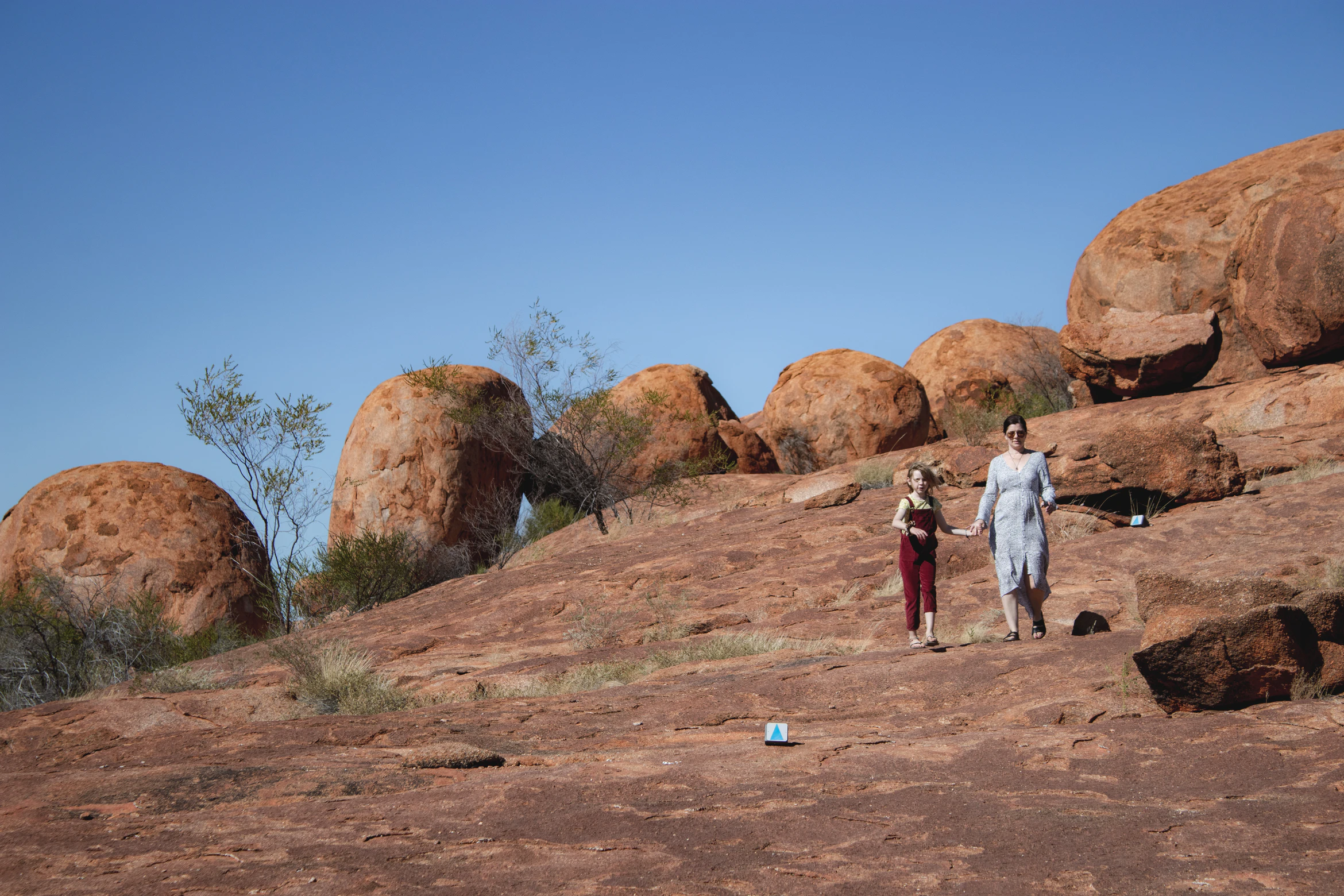
The Northern Territory is around 1084 kilometres south of Darwin and 400 kilometres north of Alice Springs. The state’s capital is where you may find The Devil’s Marbles.
They are among the most stunning rock formations in Australia, according to the entire world. Landscape photographers worldwide have come here to capture images of these beautiful rocks, particularly at sunrise and sunset. When attempting to catch the amazing light that reflects off them. Wide-angle lenses, a solid tripod, and a remote release allow you to take gorgeous pictures of the Devil’s Marbles from various angles. It’s also an excellent idea to go out with your camera to capture the amazing night sky with the rocks as a backdrop.
Remarkable Rocks – Kangaroo Island, South Australia

The Remarkable Rocks on Kangaroo Island in South Australia is one of the most well-known and widely-photographed locations. These enormous, worn granite boulders overlook the ocean in Flinders Chase National Park. Seem as though they might tumble into the water at any second. Yet, they have existed for at least 500 million years! Due to the powerful winds and sea spray that have been battering them day and night for what seems like an eternity, they have a unique shape. The rich, orange lichen that covers the granite boulders at the Remarkable Rocks and their variety of shapes make them a favourite subject for landscape photographers. The area around the rocks is level, making it simple to put up your camera.
Picnic Rocks – Bay of Fires, Mt William National Park, Tasmania
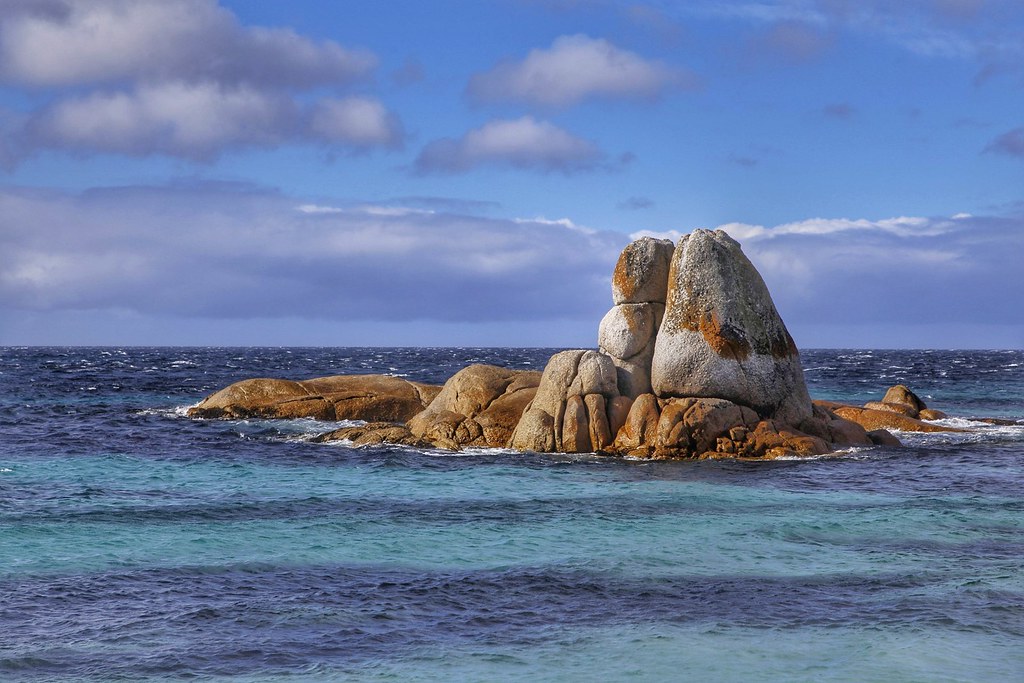
Tasmania, an island state beneath Victoria, is picturesque and photogenic. The Bay of Fires is a long stretch of the east coast covered in orange, lichen-covered rocks. Picnic Rocks, located close to Eddystone Point, are particularly striking at low tide when surrounded by churning seas. Travelling one hour north of the town of St Helens will get you to Picnic Rocks. The prettiest times to take pictures of Picnic Rocks are at sunrise or sunset when the brilliant orange lichen contrasts with the aqua-coloured ocean. To help smooth out the water with extended exposure, We would use a neutral density filter or a circular polarizing filter. The boulders are also resting on pristine, white sand.
Uluru – Northern Territory
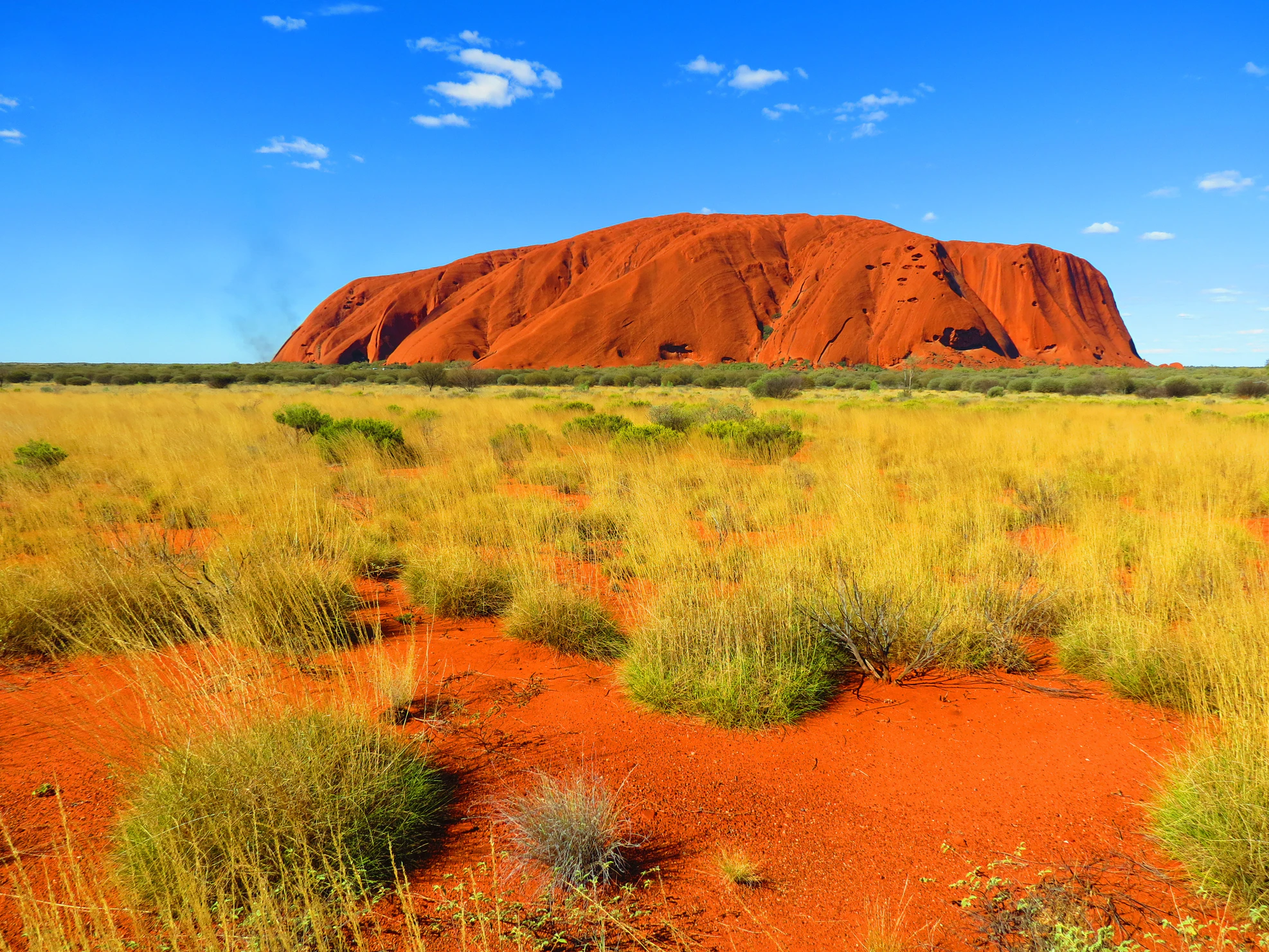
Uluru is one of Australia’s most well-known natural landscapes (Ayers Rock). It is a huge sandstone monolith located in the centre of the area known as the “Red Center.” It is without a doubt one of the most visited tourist locations in Australia and one of the most photographed sceneries. About 450 kilometres away, Alice Springs is the closest large town. Uluru, which is said to have originated some 550 million years ago, is highly revered by the indigenous Australians. The rock is one of the biggest in the world, and it takes around 10 kilometres to walk around its base. Uluru is beautiful at sunrise and sunset, but you might like taking pictures. The colours on the rock start to deepen as the sun sets. Various colour variations throughout the year, including Uluru turning a chocolate colour when it rains, happen. The ideal setting is to have some driftwood or vegetation in the forefront of your picture. In my perspective, this results in a fascinating shot.
Yellow River – Kakadu National Park, Northern Territory
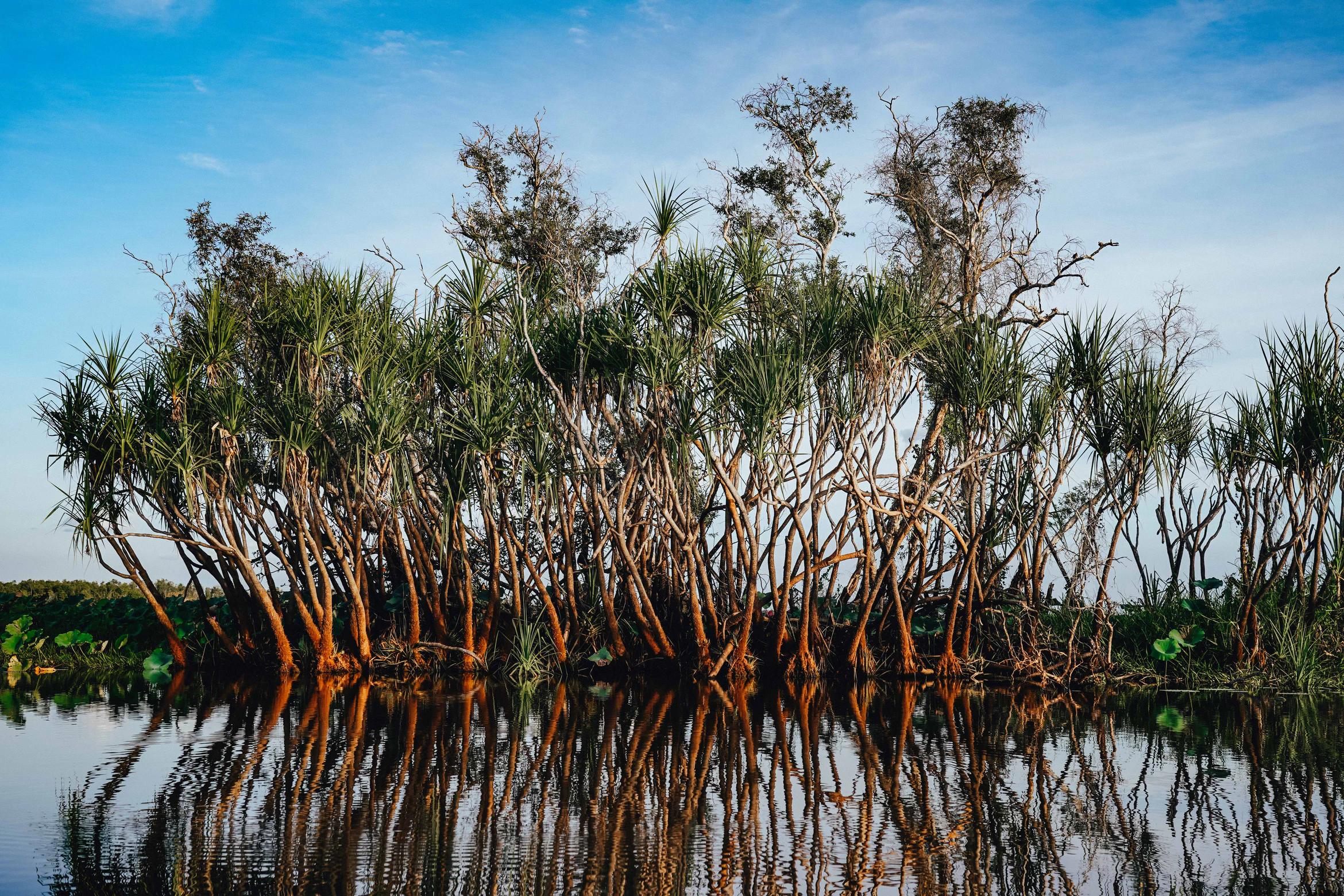
The Northern Territory’s landlocked billabong Yellow Water is home to various animals and flora. It is close to the town of Cooinda, some 300 kilometres from Darwin, the capital of the Northern Territory, and is also known as Ngurrungurrudjba by Native Americans. Taking one of the many daily boat tours is the ideal method to capture the breathtaking scenery of Yellow Water on camera. Travelling early in the day is strongly advised to get the most out of the morning sun. You may get a good selection of photographs from a commercial vessel. Try several positions and angles around the boat where the sun will be shining from various angles. You can spend 11 days in a small boat at Yellow Water from dawn to dusk.
Many magnificent vistas in Australia are asking to be beautifully photographed. You won’t run out of different terrains to photograph with such wide diversity. Lastly, read more about travel around the world here.


